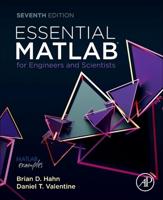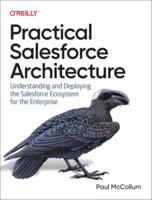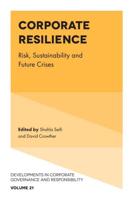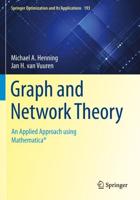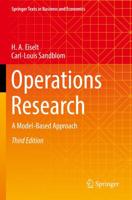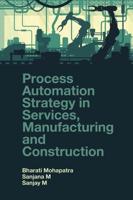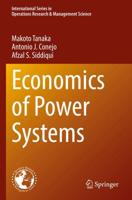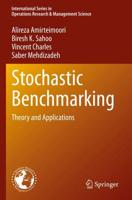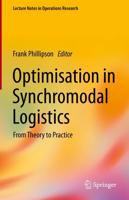Publisher's Synopsis
Forest Paths is a follow-up to Anderson's The Credit Scoring Toolkit, published by Oxford University Press in 2007, which was considered the bible of the industry. One might be intrigued by the title: i) "Credit Intelligence", like military and national intelligence, is (to some extent) espionage; ii) "Modelling", much reliance is put on models for prediction; iii) "Many Paths", choices must be made regarding how it is achieved. Both are broad based, but Forest Paths focuses on providing as much knowledge in as few words as possible. It will be ideal for students and new entrants to the field of credit and the associated rating tools and analytics, and a handy reference for those already experienced. The initial focus was scorecard development for retail credit, but it broadened over time to provide business, social, and historical context. It assumes little prior knowledge, and is filled with quotations, anecdotes, examples, tables, charts, &c that will aid comprehension. It is the first real textbook on the topic, including chapters'-end questions. There are six modules: A) INTRODUCTION: 1-Credit Intelligence; 2-Predictive Modelling; 3-Retail Credit; 4-Business Credit;B) HISTORIES: 5-Side Histories (economics, identification); 6-Credit; 7-Credit Intelligence; 8-Credit Scoring;C) CREDIT CYCLE: 9-Front Door (marketing, originations, account management); 10-Back Door (collections fraud);D) TOOLBOX: 11-Stats & Maths; 12-Borrowed Measures; 13) Practical Application; 14) Predictive Analytics;E) ORGANISING: 15-Project Management; 16-Observation Data Acquisition; 17-Performance Data; 18-Target Definition; 19-File Assembly;F) PACKING: 20-Sample Selection; 21-Data Transformation; 22-Segmentation; 23-Reject Inference; G) TRAVELLING: 24-Model Training; 25-Scaling and Banding; 26-Finalisation.Z) APPENDICES: Acronyms, Glossary, Bibliography, and Index. Although the focus is credit risk, especially in the retail consumer and small-business segments, many concepts are common across disciplines as diverse as psychology, biology, engineering, and computer science, whether academic research or practical use. A step-by-step guide is provided that would enable the development of a traditional points-based model, but many of the concepts will be of much interest to those focused on machine learning. #creditintelligence #creditrisk #creditscoring #creditscore #creditscores #creditbureau #credithistory #predictivemodeling #predictiveanalytics



